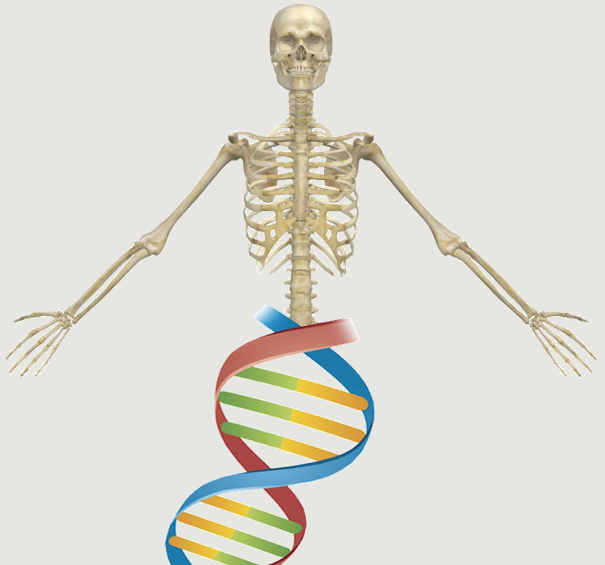Abstract:
While various problems with bone healing remain, the greatest clinical change is the absence of an effective approach to manage large segmental defects in limbs and craniofacial bones caused by trauma or cancer. Thus, nontraditional forms of medicine, such as gene therapy, have been investigated as a potential solution. The use of osteogenic genes has shown great potential in bone regeneration and fracture healing. Several methods for gene delivery to the fracture site have been described. The majority of them include a cellular component as the carrying vector, an approach known as cell-mediated gene therapy. Yet, the complexity involved with cell isolation and culture emphasizes the advantages of direct gene delivery as an alternative strategy. Here we review the various approaches of direct gene delivery for bone repair, the choice of animal models, and the various outcome measures required to evaluate the efficiency and safety of each technique. Special emphasis is given to noninvasive, quantitative, in vivo monitoring of gene expression and biodistribution in live animals. Research efforts should aim at inducing a transient, localized osteogenic gene expression within a fracture site to generate an effective therapeutic approach that would eventually lead to clinical use.
Notes:
Pelled, Gadi Ben-Arav, Ayelet Hock, Colleen Reynolds, David G Yazici, Cemal Zilberman, Yoram Gazit, Zulma Awad, Hani Gazit, Dan Schwarz, Edward M eng R01 DE019902-01/DE/NIDCR NIH HHS/ P50 AR054041/AR/NIAMS NIH HHS/ R01 DE019902/DE/NIDCR NIH HHS/ R21 DE017096/DE/NIDCR NIH HHS/ Research Support, N.I.H., Extramural Review 2010/02/11 06:00 Tissue Eng Part B Rev. 2010 Feb;16(1):13-20. doi: 10.1089/ten.teb.2009.0156.
Website

